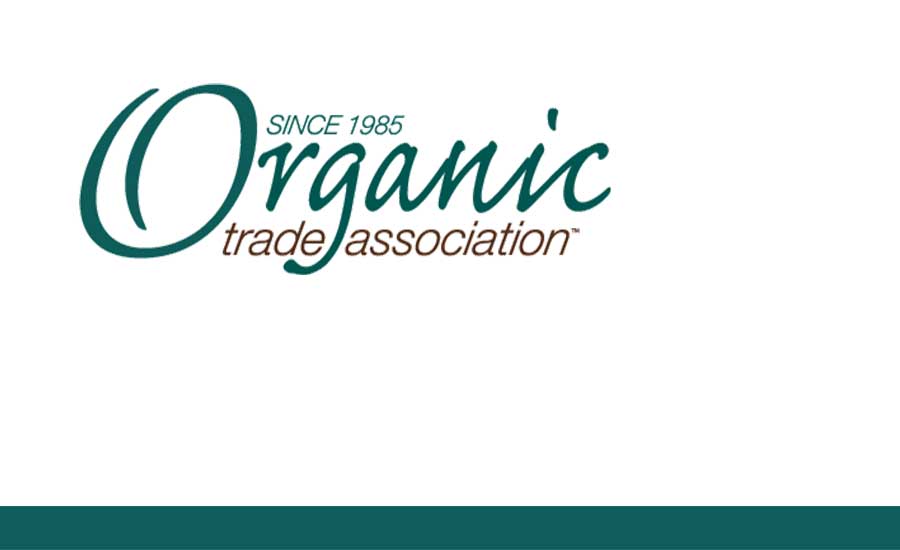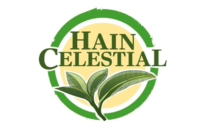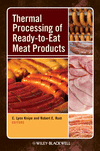Organic Livestock and Poultry Practices Update
OTA opposes further delay of Organic Livestock and Poultry Practices rule

The Organic Trade Association released the following statement and background in response to the US Department of Agriculture's delay of the effective date of the Organic Livestock and Poultry Practices rule:
"The Organic Trade Association (OTA) along with over 350 organic livestock producers representing $1.95 billion in annual sales, the federal Advisory Committee on organic, and every major US accredited organic certifier have called on the Secretary of Agriculture to allow the organic livestock rule to go into effect.
The organic industry takes the Secretary at his word that USDA just needs a bit more time. But after more than a decade of work, now spanning three administrations, this delay will not reveal any new information. The organic industry supports this final rule. The organic consumer supports this final rule. Any additional comment period will only serve to demonstrate that the organic industry and consumer want the Organic Livestock and Poultry Practices rule to become effective, in its entirety. Under a business friendly administration, we are confident the Secretary will see the benefits for producers.
Being certified organic is a choice, not a mandate. Organic means more than just what the animals eat. The comprehensive regulation reflects a consensus between producers, certifiers, and consumers that organic livestock, including poultry, should be provided with meaningful outdoor access and adequate space to move around, and that all organic livestock should not be subjected to unnecessary physical alterations like tail docking.
The voluntary organic program ensures products bearing the USDA Organic seal meet rigorous standards. The viability of the organic market rests on consumer trust in the USDA Organic seal, and trust that the organic seal represents a meaningful differentiation from other agricultural practices. A federal voluntary standard that meets the changing needs of customers is imperative for the organic sector. Without the ability to deliver a product that keeps up with the evolving consumer preference, the relevance of the USDA Organic seal is at stake and it will have long-term detrimental effects on an entire industry.
Organic is an important vibrant part of the US economy and a bright spot for our farms and our rural areas. Organic agriculture and the businesses accompanying it have been shown to lower local poverty rates and raise household incomes. Organic creates jobs and opportunities, and gives existing farmers and future farmers a viable alternative.
We urge the Administration to support industry developed organic standards."
BACKGROUND
Timeline for the Organic Livestock and Poultry Practices Rule
This rule is the result of 14 years of public and transparent work, and addresses four broad areas of organic livestock and poultry practices, including living conditions, animal healthcare, transport, and slaughter.
1995-2000: The National Organic Standards Board (NOSB) made a series of recommendations, which were incorporated into the final rule establishing the USDA organic regulations in 2000. These included healthcare practices, outdoor access and livestock living conditions.
2002: The USDA organic regulations were implemented
A 2010 audit conducted by the USDA Office of the Inspector General identified inconsistencies in certification practices regarding outdoor space.
2011: NOSB unanimously adopted a final detailed set of recommendations that were intended to further define, clarify and incorporate production practices including provisions establishing maximum ammonia levels, perch space requirements, outdoor access clarifications, specific indoor and outdoor space requirements, and stocking densities for avians.
2013-2017: USDA's National Organic Program (NOP) released an economic analysis of two options for regulations regarding outdoor access for poultry, and indicated it would pursue rulemaking to clarify outdoor access based on the NOSB recommendations.
2016: NOP released a proposed rule to ensure consistent application of the organic regulations for livestock and poultry operations.
During the rulemaking process, NOP completed an additional economic analysis at the request of Congress and stakeholders.
2017: After extensive public input, NOP released the final rule on Organic Livestock and Poultry Practices, which was published in the Federal Register on January 19, 2017 (82 Fed. Reg. 7042). Due to the White House Memorandum to federal agencies released on January 20, 2017, requesting a regulatory freeze on rules recently published or pending, the effective date of the rule was delayed to May 19, 2017. On May 10, 2017, USDA delayed the effective date by an additional six months to November 14, 2017, and reopened the comment period.
What the final rule does:
Establishes minimum indoor and outdoor space requirements for poultry.
Clarifies how producers and handlers must treat livestock and chickens to ensure their health and well-being throughout life, including transport and slaughter.
Specifies which physical alterations are allowed and prohibited in organic livestock and poultry production.
Provides generous implementation timelines for producers to come into compliance including:
five years to establish outdoor access requirements for egg operations
three years for broiler operations to establish indoor space requirements
one year for all other adjustments.
Levels the playing field by clarifying the existing organic standards.
Looking for a reprint of this article?
From high-res PDFs to custom plaques, order your copy today!









